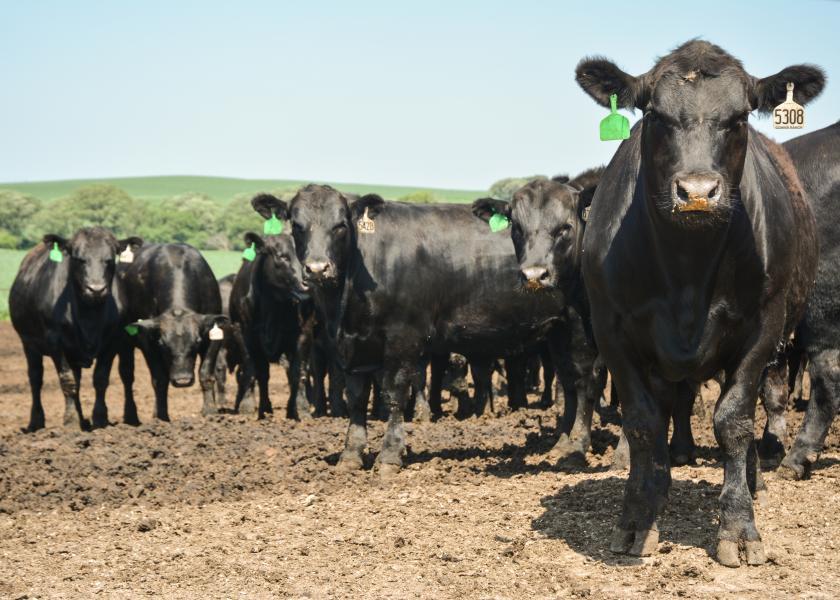Johnson: How Does A Beef Pricing Grid Work?

The vast majority of fed cattle are sold with price determined on a carcass value basis. Your pen of live finished cattle are harvested, carcasses are weighed, USDA Yield and Quality Grades are assigned. Optimum combinations of Quality and Yield Grades result in more $ value per pound of carcass weights sold. Price docks occur if carcasses are too light or too heavy.
An example grid is shown below. Down the first column are the Quality Grades which indicate the tenderness, juiciness and flavor of cooked beef. Prime is the highest Quality grade, therefore is worth more $/pound than the lower Quality Grades listed below it. Across the top row are the Yield Grades which indicate cutability, or the percentage of close trimmed red meat yield from the beef carcass. Yield Grade 1 indicates the highest level of cutability and is worth more $/pound than the lower Yield Grades following it on that row.
Beef, like nearly all other Ag produced commodities is sold according to standard assumptions about the product. Those being acceptable hot carcass weight (HCW), which typically falls somewhere in the range of 600 – 1,000 lbs. As well, that the typical carcass combines a Yield Grade of 3 with Quality Grade of lower third of Choice. Historically, the biggest value difference occurred between Choice and Select carcasses. Likewise, Quality Grades have been the bigger driver of carcass value than Yield Grades.
It’s worth noting the breakout of the Choice Quality Grade into thirds. Most Quality based, premium branded beef products require the upper two-thirds of Choice (or Prime) Quality grade status to meet their specifications. For example, Certified Angus Beef (CAB), a premium branded program has 10 specifications, one of which is a Quality Grade of upper two-thirds of Choice or Prime. Beef Quality and Yield Grades will be discussed in greater detail in parts 3 and 4 of this series on retained ownership.
Characteristics of Beef Pricing Grids
- Better than average combinations of Quality and Yield Grades receive premiums over commodity price. Poorer than average combinations receive discounts.
- Value of the Carcass = HCW x Price per pound (as determined by the grid)
- There are many types of grids designed by packers to stratify and incentivize different types of carcasses; however, there is typically more economic incentive for Quality.
- Prices (premiums, discounts, acceptable HCW) can and do change weekly relative to the supply of fed cattle and consumer demand.
- Knowing the history and genetic potential of your cattle is critical when deciding if retaining ownership and selling on a grid is best for your operation.
Dr Mark Johnson discussed retained ownership on SunUp TV’s Cow-Calf Corner on August 13, 2022 at https://www.youtube.com/watch?v=b1b-YnMf8os







